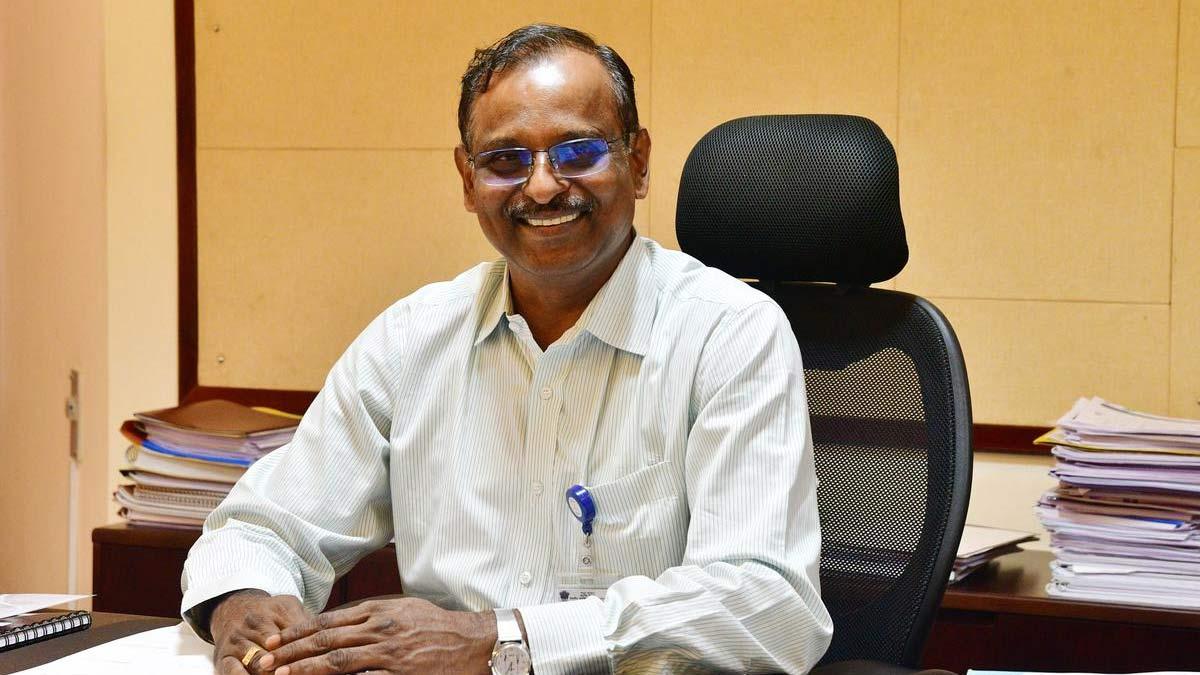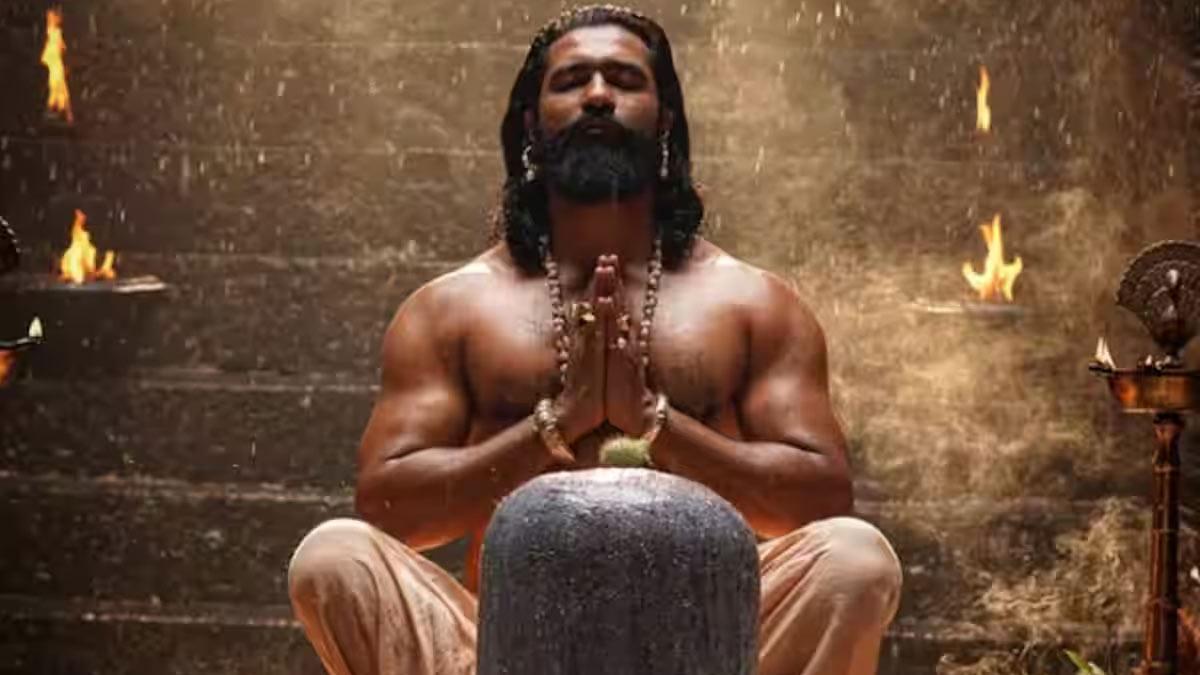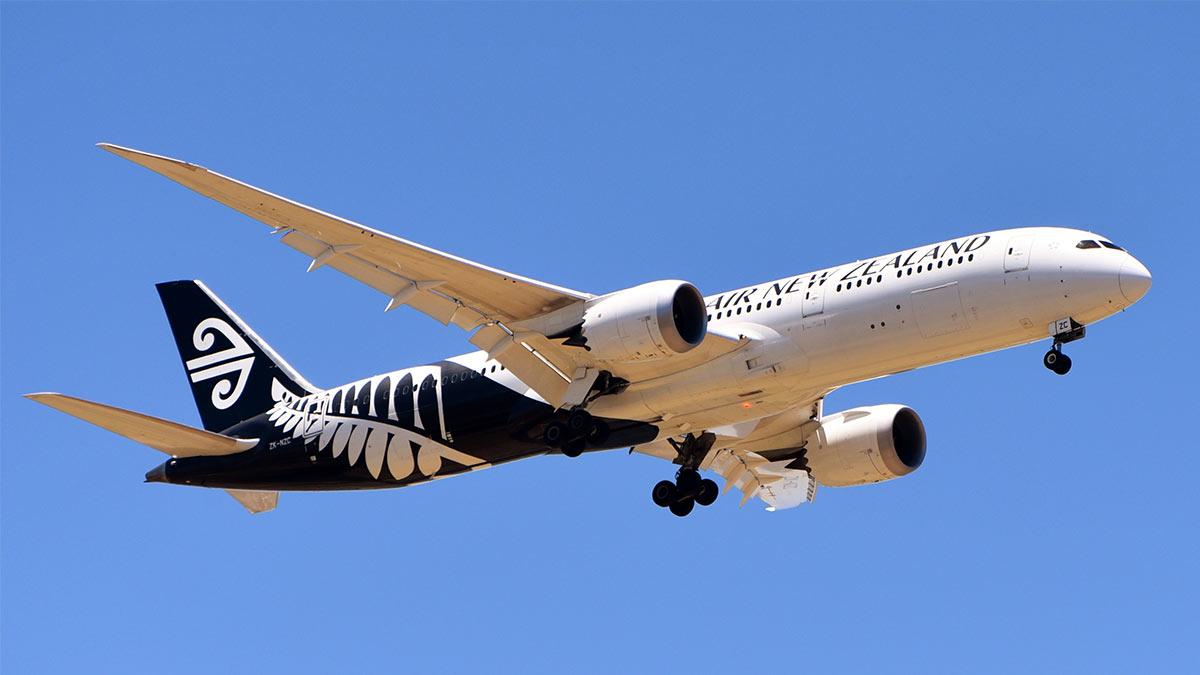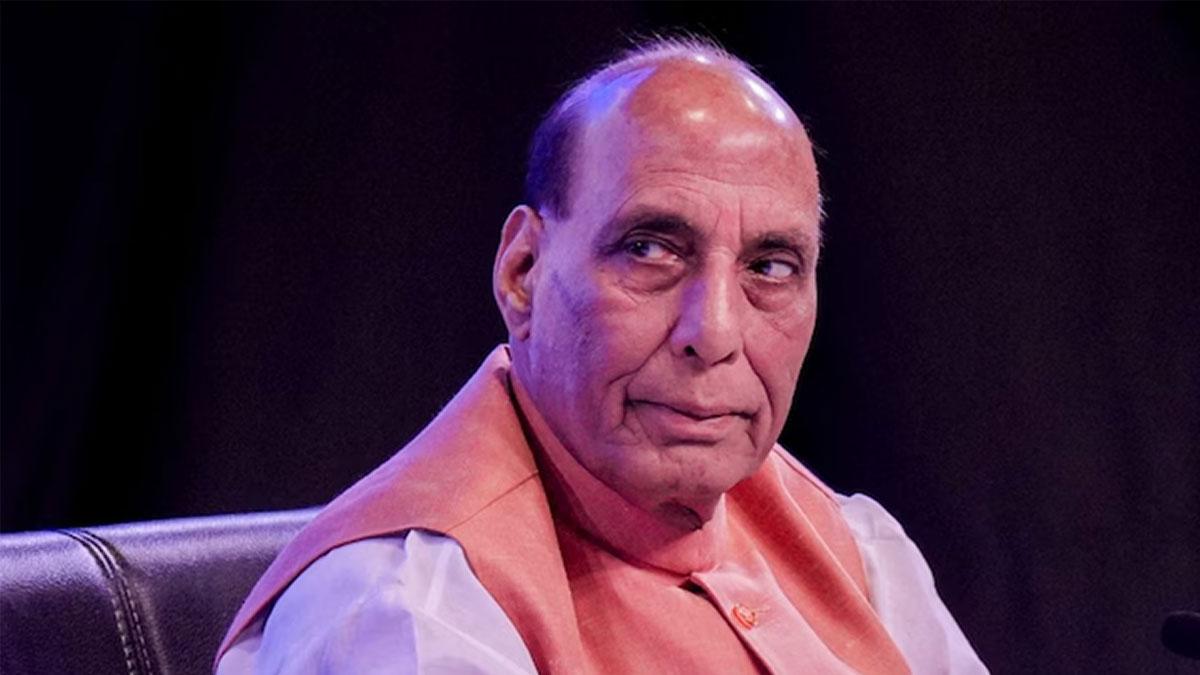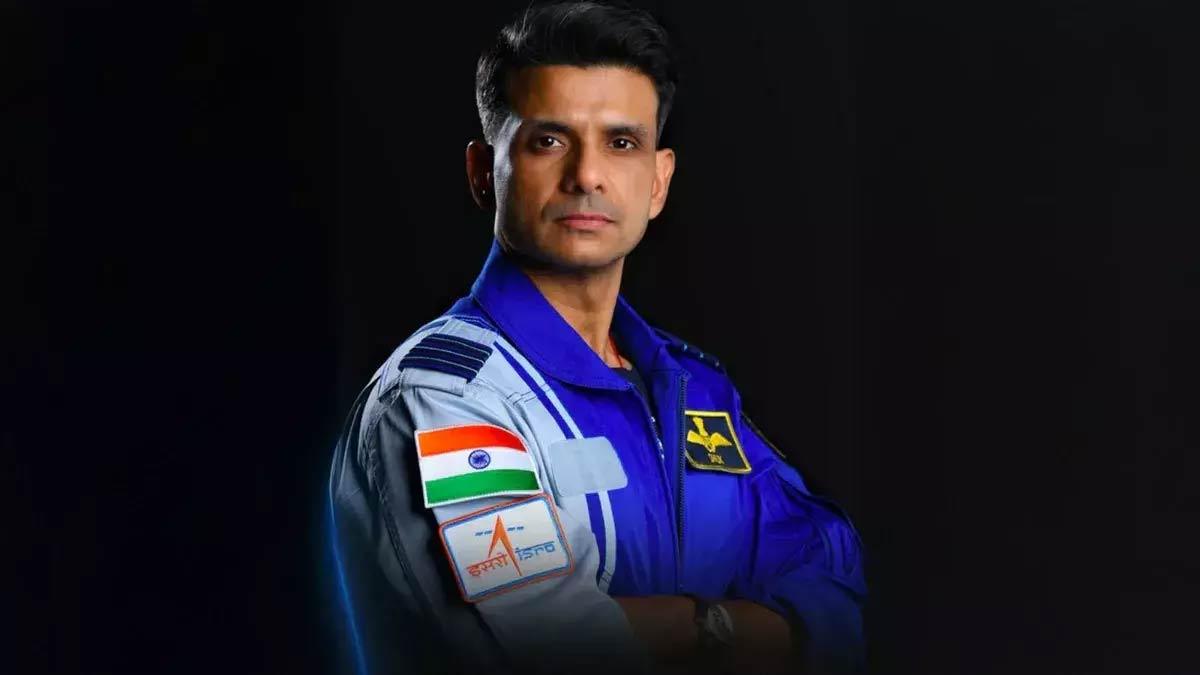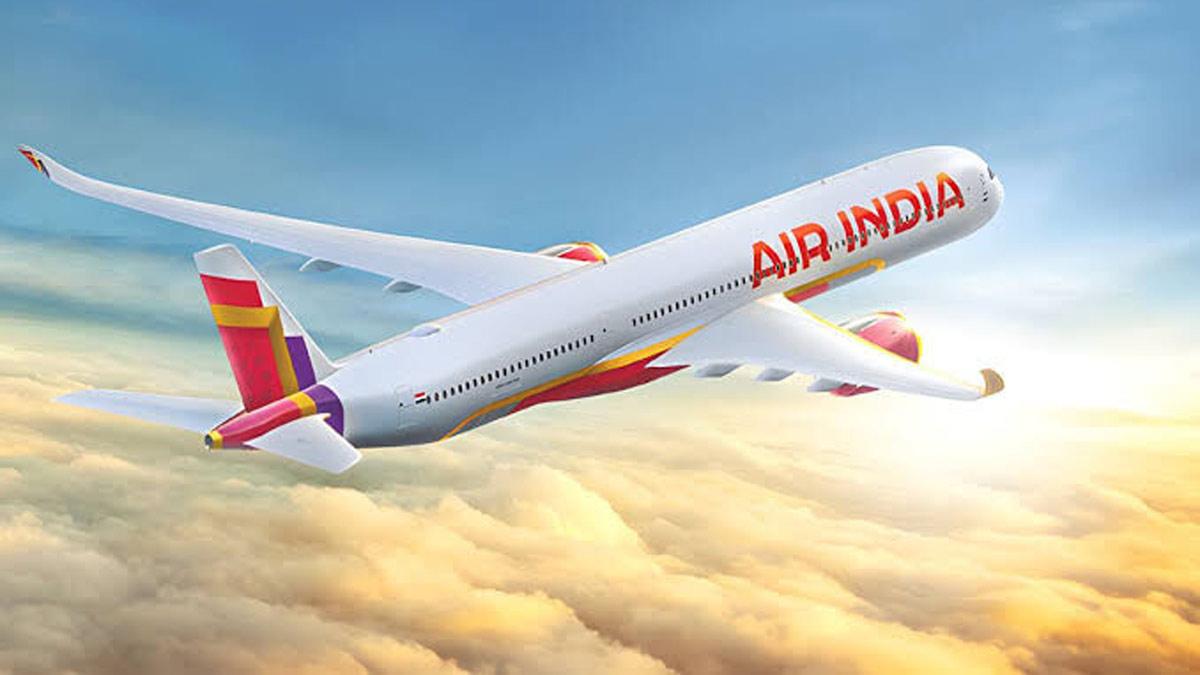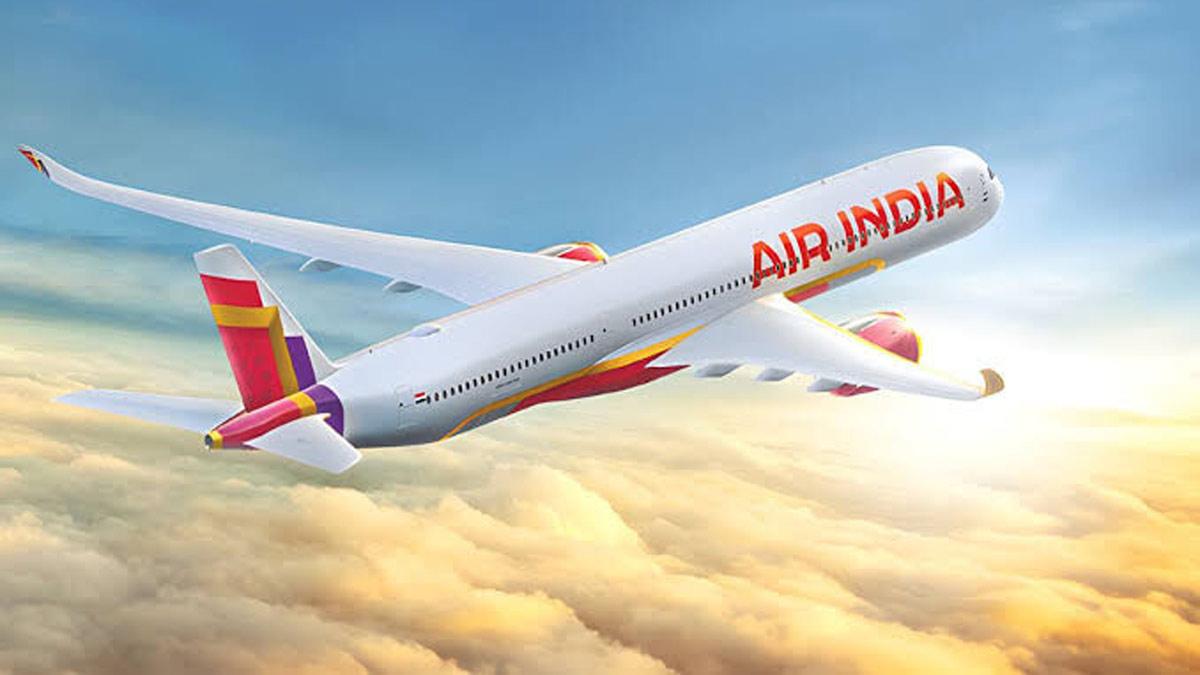India's pioneering human space mission, Gaganyaan, has finally reached its final phase, with the maiden crewed spaceflight now planned for the first quarter of 2027.
Union Minister Dr. Jitendra Singh announced this on Tuesday, pointing out the major milestones that have led to this historic flight.
Successful demonstration of the Test Vehicle Demonstration (TV-D1) mission and the unmanned Test Vehicle Abort Mission earlier this year have cemented the mission basis, gearing up India for future test plans.
The second Test Vehicle mission (TV-D2) will be scheduled subsequently in the year 2025, followed by which Indian astronauts are to be carried out on uncrewed orbital test flights of Gaganyaan. These milestone missions will be followed by India's maiden human spaceflight in 2027, in which Indian astronauts are taken to space aboard an Indian rocket from Indian soil.
Dr. Singh emphasized that the Gaganyaan programme is not just a scientific achievement but represents India’s growing stature as a global space power, built on indigenous technology, fiscal prudence, and visionary leadership. He also recalled Prime Minister Narendra Modi’s ambitious space vision, which includes establishing the ‘Bharatiya Antariksha Station’ by 2035 and sending the first Indian to the Moon by 2040.
All the critical components of the mission, including the Crew Escape System, the Service Module and Crew Module, and the Human-rated LVM3 vehicle, are in final testing and integration phases. Dr. Singh ensured the readiness of the unmanned orbital Gaganyaan mission for flight later this year, with recovery trials already underway with the Indian Navy and additional simulations in progress.
The training of the astronauts too is going ahead smoothly. Four Indian Air Force pilots who have been chosen as astronaut-designates have already gone through training in Russia and are now receiving mission-specific training at India. Physical health, mental status, and operational readiness of these four candidates are being regularly monitored at India's astronaut training center.
Dr. Singh mentioned that the cost of the Gaganyaan mission is highly low compared to other missions performed by other nations. He pointed out that the dividends in economic gains and advances in technology far outweigh the cost.
ISRO Head Dr. V. Narayanan supported the view that Gaganyaan is driving India to become an independent space power, exciting a whole generation of scientists, engineers, and entrepreneurs. With the manned mission due in 2026, India is ready to join an exclusive group of nations with independent human spaceflight capability.
Read also| India Restricts Water Flow to Pakistan from Baglihar Dam Amid Escalating Tensions

